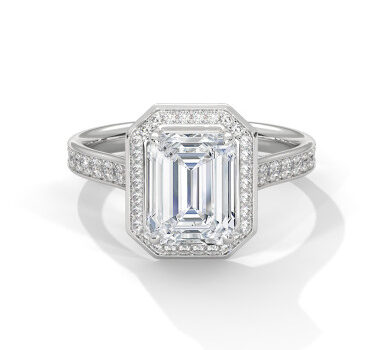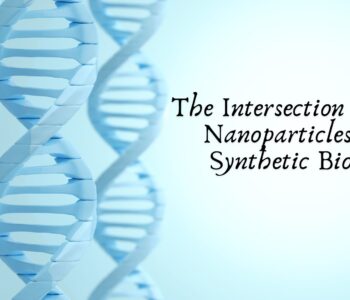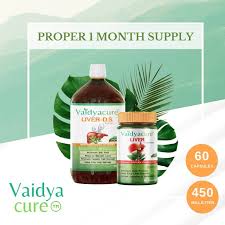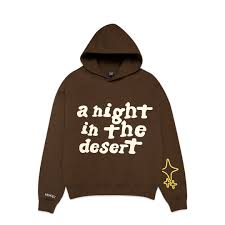 Business
Business
Lab-Grown Diamonds vs. Natural: Which Engagement Ring Is Right for You?
Why Choosing the Right Engagement Ring Matters
Choosing an engagement ring is a big deal it’s more than just jewelry; it’s a symbol of love, commitment, and personal taste. And let’s be honest, with the hundreds of choices out there, it can get overwhelming pretty fast. One of the biggest decisions you’ll face? Whether to go with a lab-grown diamond or a natural one.
Quick Glance at Lab-Grown vs. Natural Diamonds
You’ve probably heard the buzz around lab grown diamonds. They look like the real thing (because they are), but come with their own unique pros and cons. Natural diamonds, on the other hand, have their charm and history. So which one is better for your dream ring?
Let’s break it down, step by step.
What Are Lab-Grown Diamonds?
How Lab-Grown Diamonds Are Made
Lab-grown diamonds are created using high-tech processes like HPHT (High Pressure High Temperature) and CVD (Chemical Vapor Deposition). Think of it like a diamond being born in a lab instead of the Earth’s crust—but the end result? Chemically and physically identical to natural diamonds.
Are Lab-Grown Diamonds Real?
Short answer: Yes. They’re not knockoffs or cubic zirconia. They’re real diamonds, just grown in months rather than billions of years. They’re graded by the same institutions (like GIA or IGI), and many come with certification, just like natural stones.
Natural Diamonds Explained
The Origin of Natural Diamonds
Natural diamonds are formed deep beneath the Earth’s surface over billions of years. They’re the result of intense pressure and heat, and that origin story is part of their appeal.
How They’re Mined and Processed
Extracting natural diamonds involves mining—either underground or through alluvial (riverbed) methods. After mining, they’re cut, polished, and sold through various channels. This process often raises environmental and ethical concerns, which we’ll touch on shortly.
Lab-Grown Diamond Rings – The Modern Choice
Growing Popularity Among Millennials and Gen Z
The demand for lab grown diamond rings has exploded, especially among younger generations who prioritize sustainability and cost-efficiency. Why spend more when you can get a larger, clearer diamond for less?
Benefits of Choosing Lab-Grown Diamond Rings
- More Affordable: Typically 30–50% cheaper than natural diamonds.
- Eco-Friendly: No large-scale mining involved.
- Ethically Produced: No conflict zones or questionable labor practices.
- Just as Stunning: You’d never know the difference unless told.
Comparing the Look: Can You Tell the Difference?
Appearance and Sparkle
Put a natural and lab-grown diamond side by side—chances are, you won’t be able to tell them apart. Both offer that iconic sparkle and brilliance, especially when cut to perfection.
Can Jewelers Tell the Difference?
Only with special equipment. That’s how identical they are. Most jewelers need a microscope and specific testing tools to determine whether a diamond is lab-grown or mined.
Cost Comparison: Lab-Grown vs. Natural Diamonds
Price Per Carat
Here’s where lab grown diamonds shine (literally and financially). On average, you can expect:
- A 1-carat natural diamond: ~$5,000–$6,000
- A 1-carat lab-grown diamond: ~$1,500–$3,000
Why Lab-Grown Diamonds Are More Affordable
They don’t require mining, transport through multiple channels, or rarity premiums. It’s tech-based production, which means you’re paying for quality, not just tradition.
Environmental and Ethical Factors
Eco-Friendly Engagement Rings
Mining can devastate ecosystems—deforestation, soil erosion, water pollution—you name it. Lab-grown diamonds use significantly less water and energy, especially when produced using renewable sources.
Human Rights & Ethical Sourcing
Blood diamonds are still a concern in some regions. If social impact matters to you, lab-grown diamonds are the clear winner here. No conflict financing, no questionable labor practices.
Durability and Longevity
Do Lab-Grown Diamonds Last as Long?
Absolutely. They’re just as hard and durable as mined diamonds, ranking 10 on the Mohs hardness scale. That means they’re perfect for everyday wear.
Hardness and Everyday Wear
No chipping, no scratching—just long-lasting sparkle. Whether you’re doing dishes or hiking a trail, your lab-grown diamond ring will hold up.
Resale Value and Investment
Future Value of Lab-Grown Diamonds
This is where natural diamonds still have an edge. Natural diamonds tend to hold their value better, mostly because of perceived rarity.
Are Natural Diamonds a Better Investment?
If you’re buying strictly as a long-term investment, go natural. But if you’re buying for love and aesthetics, lab grown diamonds offer unbeatable value.
Choosing the Perfect Ring Style
Simple Wedding Rings with a Modern Twist
Simple wedding rings are timeless, and lab-grown diamonds pair beautifully with minimalist settings. Think sleek bands, solitaire settings, and geometric cuts that never go out of style.
Customizing Your Lab-Grown Diamond Ring
Want a rose gold band with a pear-shaped diamond? Go for it. Lab-grown rings offer endless customization options—and since you’re saving on the stone, you can splurge on the design.
Sentimental Value: Does It Matter Where the Diamond Comes From?
The Emotional Debate
Some folks love the idea of wearing something billions of years old. Others are more into the modern, eco-conscious story. Both are valid—it’s all about what feels right for you.
Legacy and Family Heirlooms
If you’re creating a ring to pass down through generations, some may prefer the “legacy” of a natural diamond. But there’s no rule against passing on a stunning lab-grown gem either.
Common Misconceptions About Lab-Grown Diamonds
Myths vs. Facts
- Myth: Lab-grown means fake.
Fact: They’re 100% real diamonds. - Myth: They don’t sparkle as much.
Fact: Same brilliance, same shine. - Myth: They’re bad quality.
Fact: Many are higher quality than natural diamonds.
What People Get Wrong
A lot of confusion stems from the term “synthetic.” But synthetic here means “man-made,” not fake. Just like how lab-made ice is still ice.
What to Look for When Shopping for Lab-Grown Diamond Rings
Certification & Quality Grading
Always ask for certification from trusted labs like:
- GIA (Gemological Institute of America)
- IGI (International Gemological Institute)
They’ll rate your diamond based on the 4 Cs: Cut, Clarity, Color, and Carat.
Trusted Retailers (Featuring ANZ Jewels)
Check out ANZ Jewels’ ring collection for a variety of lab grown diamond rings and simple wedding rings. They offer stunning options that blend elegance with ethical sourcing.
ANZ Jewels – Your Destination for Elegant Rings
Shop Lab-Grown Diamond Rings
Whether you’re looking for a classic solitaire or a bold statement ring, ANZ Jewels has something for everyone. Their collection highlights quality craftsmanship and modern aesthetics.
Find Elegant, Simple Wedding Rings
If your style leans minimalist, explore their range of simple wedding rings crafted to suit both traditional and contemporary tastes.
conclusion
Your Lifestyle and Values
- If sustainability and budget matter most? Lab-grown might be perfect.
- Prefer tradition and long-term value? Consider natural diamonds.
No Wrong Choice – Just the Right One for You
At the end of the day, the best engagement ring is one that feels right when you put it on. Whether it’s lab-grown or natural, it should reflect your story, your love, and your values.
FAQs
- Are lab-grown diamonds cheaper than natural diamonds?
Yes! Lab-grown diamonds are typically 30–50% more affordable than their natural counterparts.
- Will a lab-grown diamond test as real?
Absolutely. Most lab-grown diamonds pass standard diamond testers because they’re chemically identical to natural diamonds.
- Can I insure a lab-grown diamond ring?
Yes, you can insure it just like any other valuable jewelry item. Be sure to get it appraised and certified.
- Do lab-grown diamonds sparkle the same as natural ones?
They sure do. Lab-grown diamonds have the same refractive index and brilliance as natural diamonds.
- Are lab-grown diamonds popular for simple wedding rings?
Very! They’re a top choice for minimalist and modern designs thanks to their beauty, ethics, and affordability.









